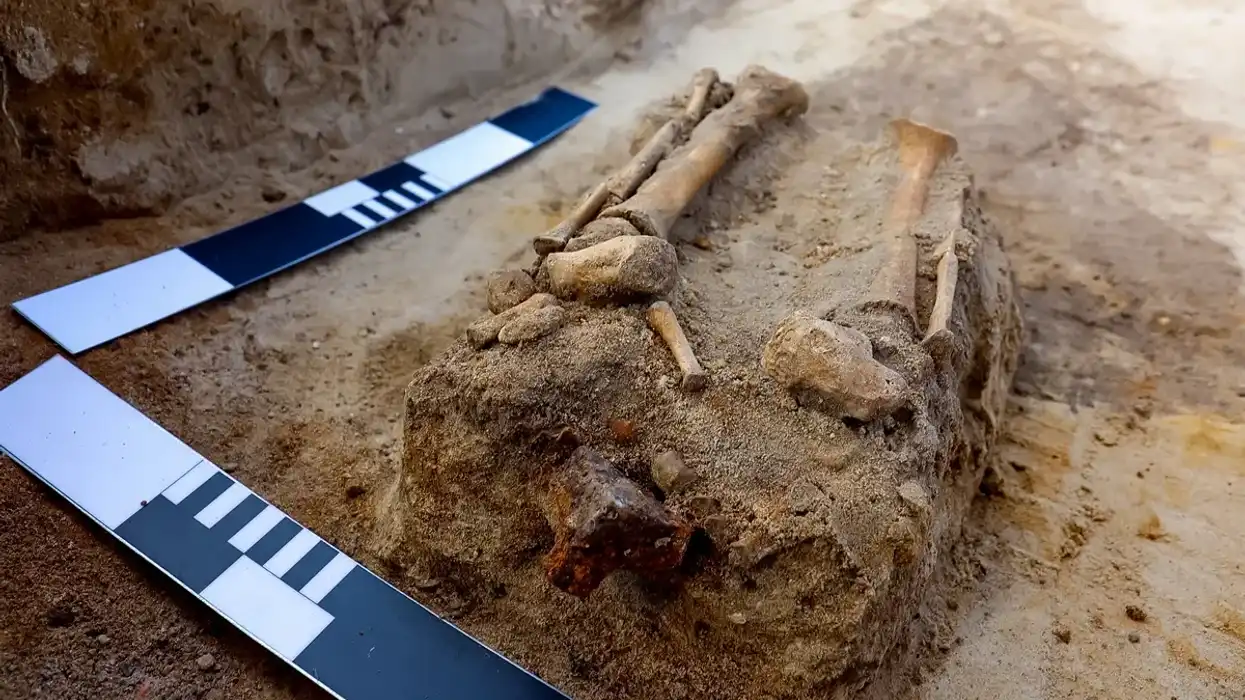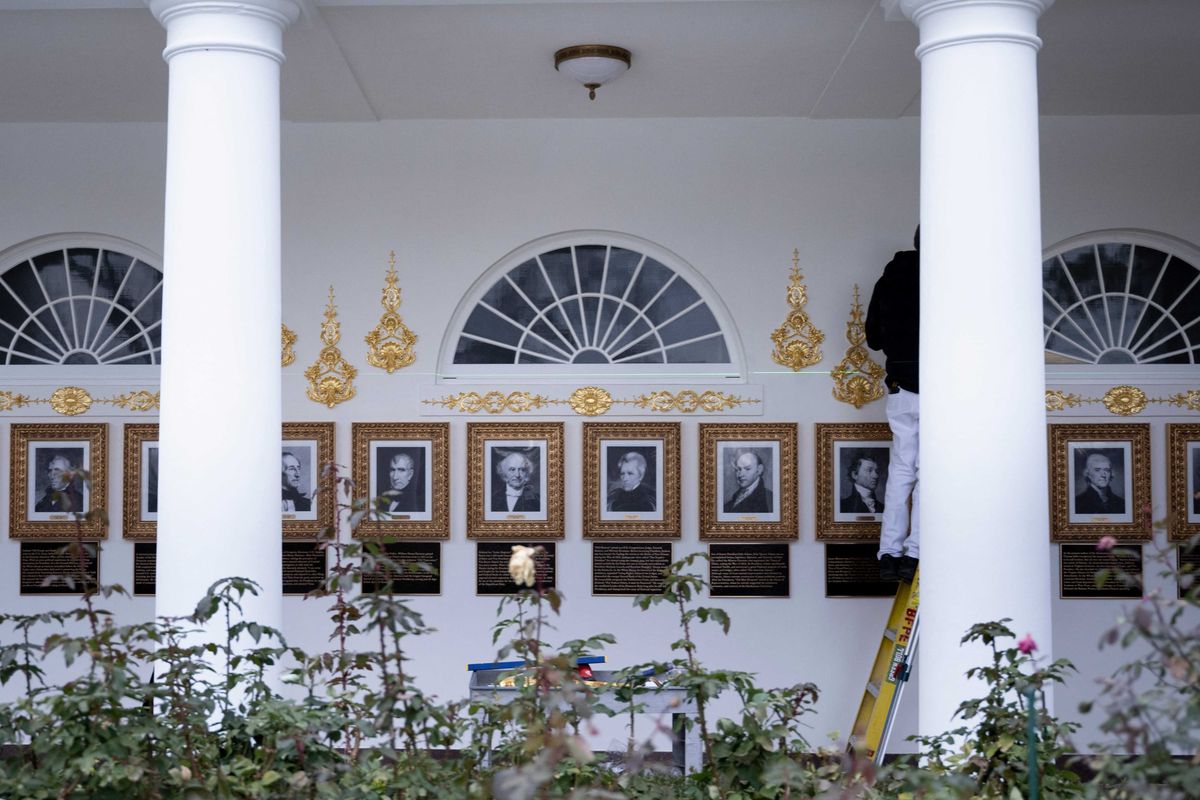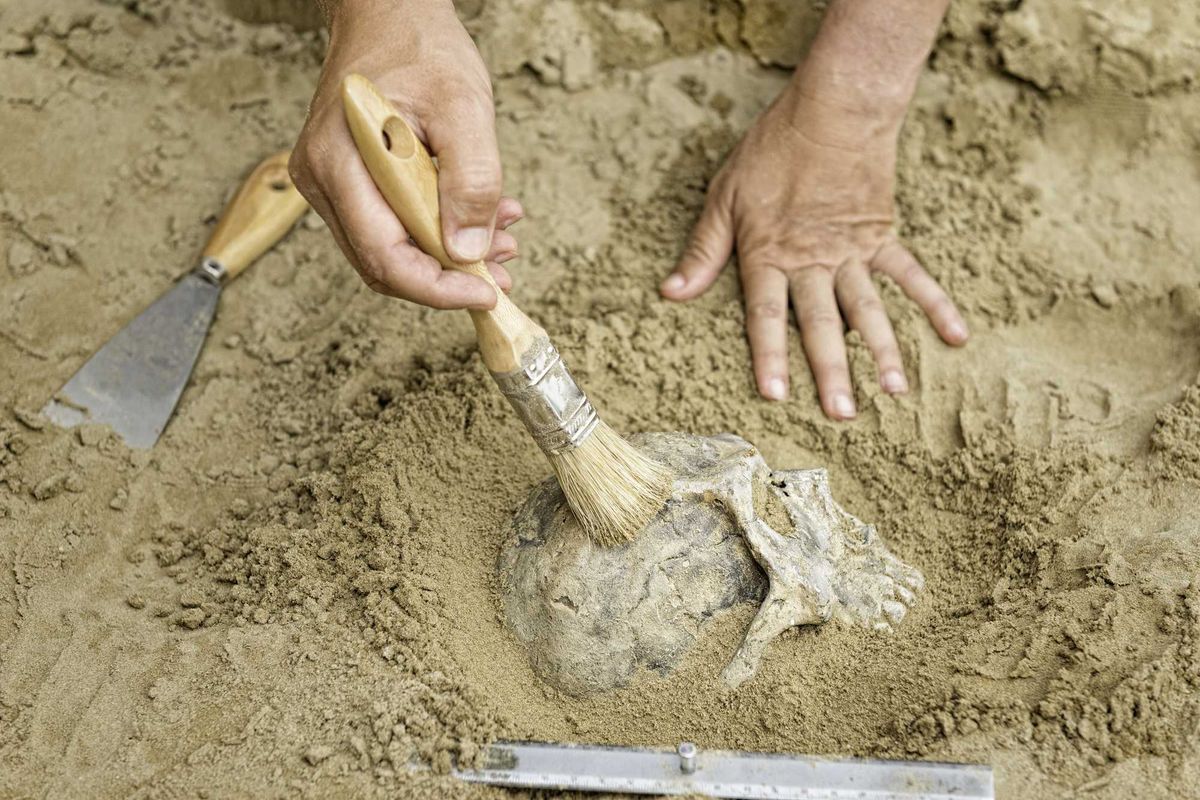Alex Daniel
Aug 26, 2023

The grave of a 'child vampire' found in Poland in 2023
Professor Dariusz Poliński, Nicolaus Copernicus University
In post-medieval Poland, people had a bit of an obsession with the undead. People believed vampires possessed the souls of those who died early in epidemics, by suicide, or even just before they were baptised.
That is why archaeologists have uncovered a spate of 17th-century graves in recent years. Most recently, they found the final resting place of a “vampire child” who had been padlocked and buried face down, in a practice designed to stop the dead coming back to haunt the living.
“That was very typical for an anti-vampire security practice,” says Dariusz Poliński, at Nicolaus Copernicus University in Toruń.
And it’s not the first of its kind. In 2022, Poliński’s team also found the body of a young woman who’d been buried with a padlock, this time on her toe. She also had a sickle placed over her throat.
It is a grim tale. The locks and sickle are part of an apotropaic burial, which means it was designed to ward off evil. Should a vampire wake up, the logic goes, the lock could hold it in place. The sickle over the throat is somewhat self explanatory. But why did people do this to one another?
Apotropaic graves like this have also appeared in Slovakia, Hungary, Austria, and Romania. Some of the burials also involved decapitations, stakes through the heart and coins placed in the corpse’s mouths. They tend to date back to times of hardship like epidemics, wars, and other times of tragedy when people might more readily believe evil is all around them.
Seventeenth-century Poland was a hotbed for such beliefs.
“This was a century of wars, crisis, and very cold weather,” Poliński says. “It was a small ice age.”
Plagues in the 1600s included cholera epidemics that impacted Eastern Europe, and may have led to rising fear surrounding deaths that were not easily explained. One account from 1674 describes a town that was so terrorised by a man who was said to drink human blood that they decapitated him.
Marek Polcyn, an anthropologist at Ontario’s Lakehead University, suggested another reason for this kind of burial. In a paper, she wrote that the rise of Catholic dogma during the Counter-Reformation – a period when the Catholic Church pushed back against protestants – sparked a resurgence in folkloric beliefs, as Catholic priests stoked fears about the devil and witches.
Nearby the child’s grave, meanwhile, Polińsky and his team discovered the remains of three other children in a pit, with traces of copper, potassium permanganate and gold on the bone surrounding the teeth. Poliński said this could be because of a potion designed to treat people’s vampirism.
He said: “The main meaning of this site is that we can learn more about [what] the main traditions and customs were for the context of treating people who were ‘different’, yes, and excluding people who were different.
“All the features here indicate that this was a graveyard for the excluded, for those who should be forgotten”.
However, he added that there is also the chance that the woman and child’s graves could be down to something far more mundane.
“It also might have been something very simple,” he says, “like an argument between neighbours.”
His team is carrying out more tests on the human remains to try to get more information. But for now, we simply don’t know.
Sign up to our free Indy100 weekly newsletter
Have your say in our news democracy. Click the upvote icon at the top of the page to help raise this article through the indy100 rankings.
Top 100
The Conversation (0)













